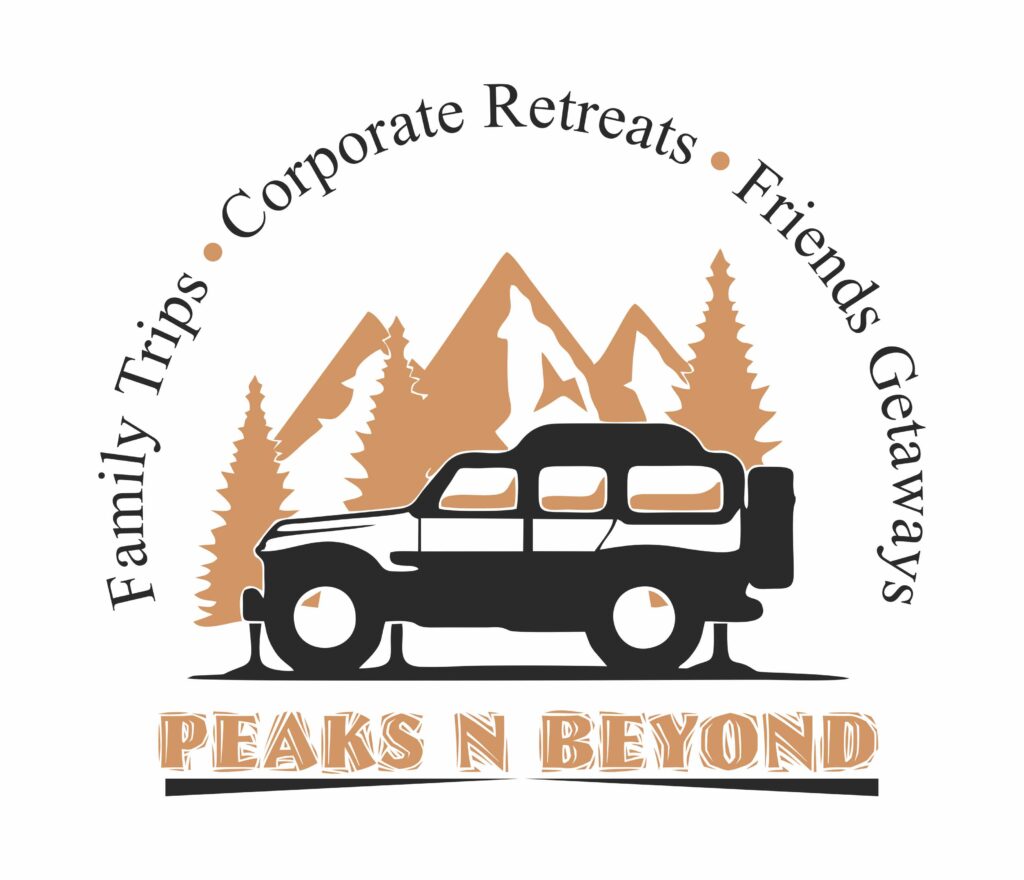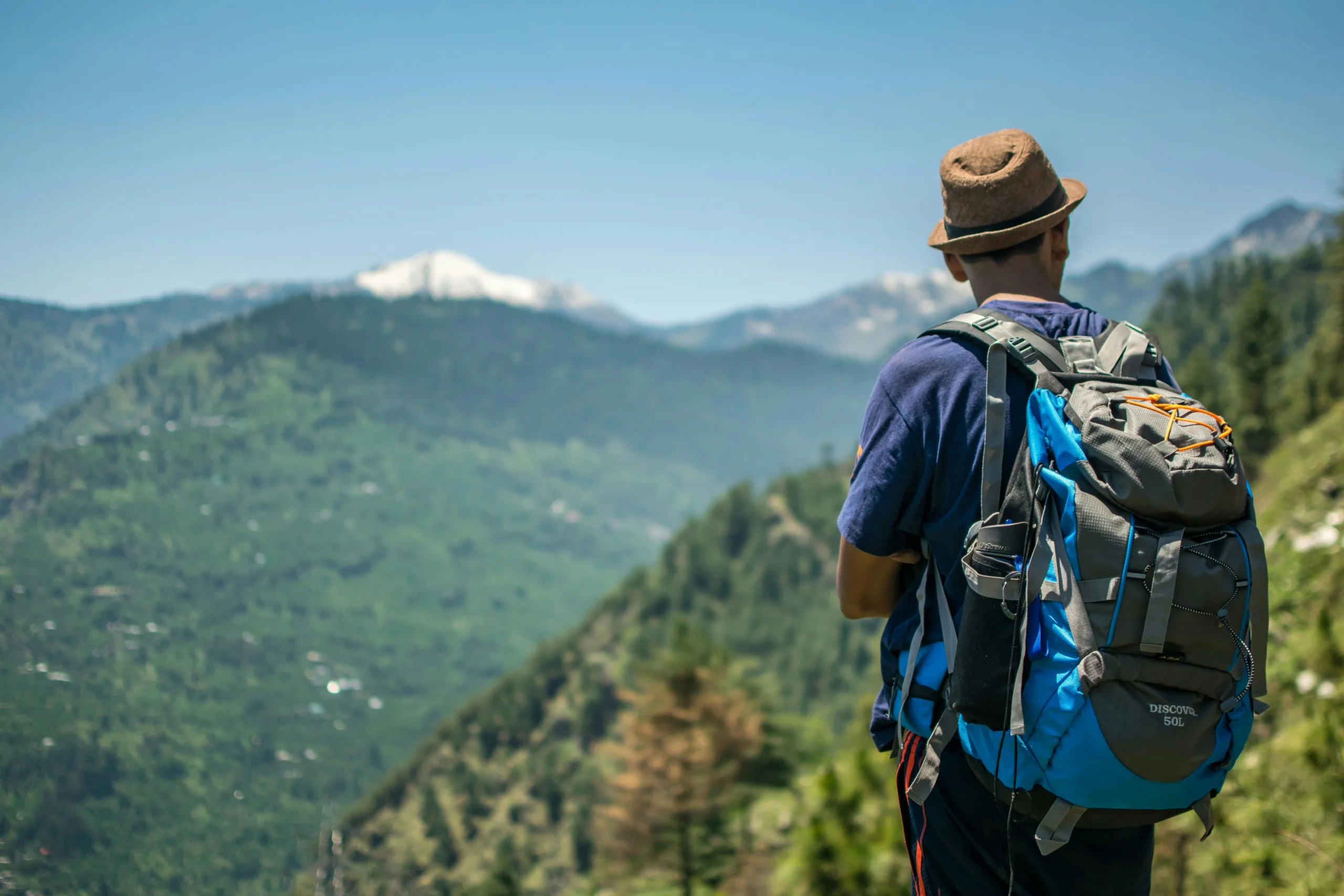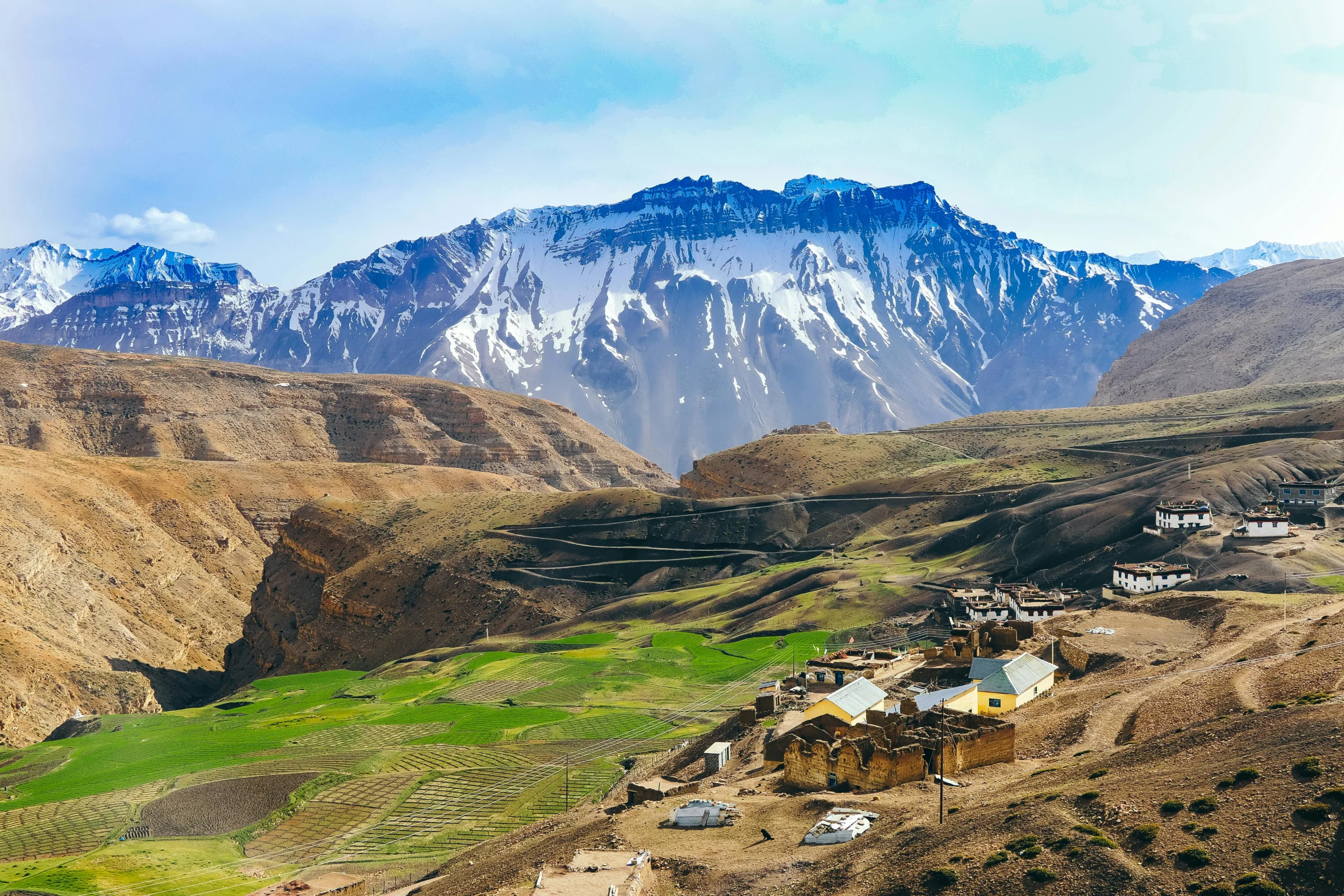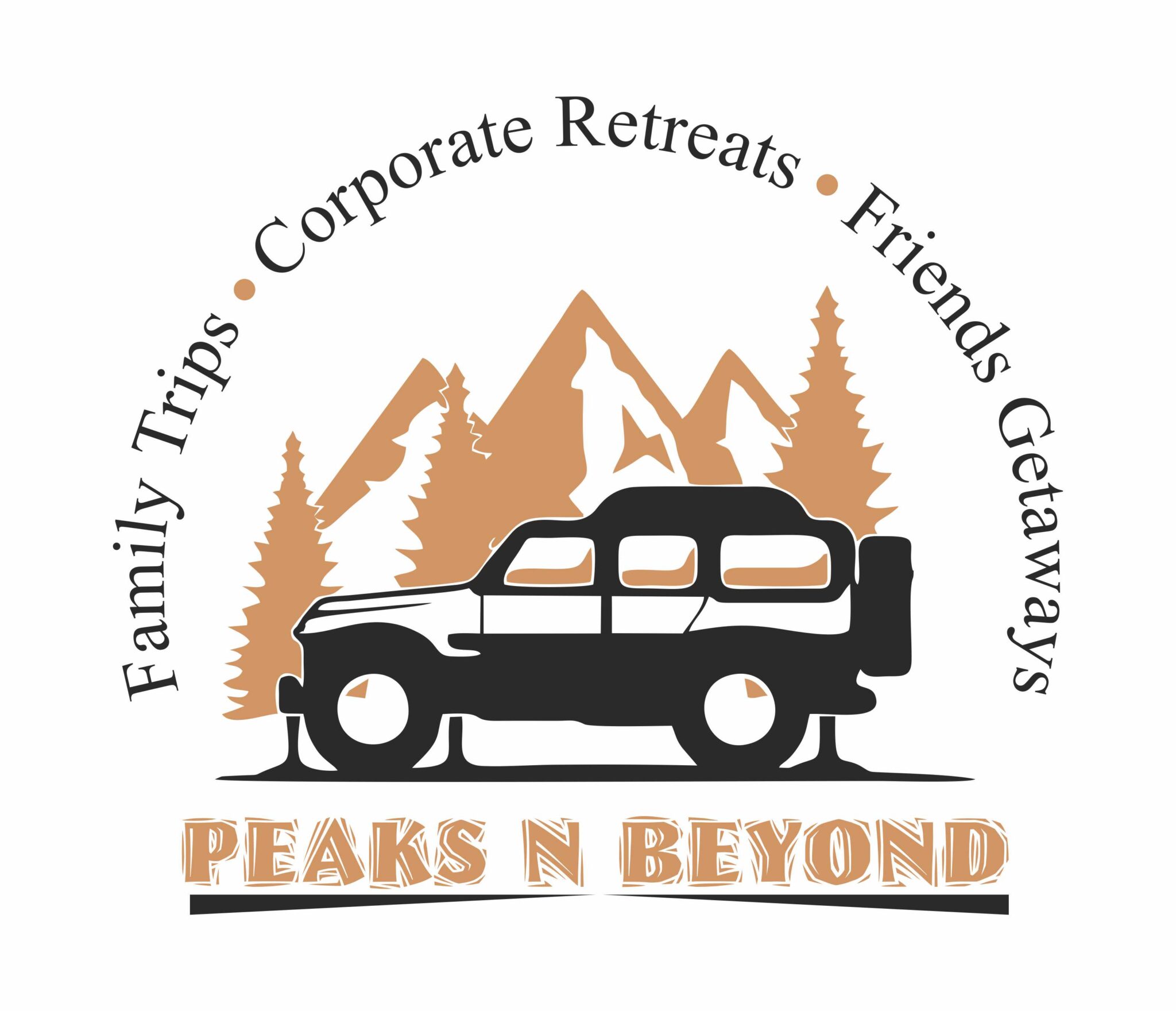A Journey Through Himachal’s Hidden Beauty

There are some journeys that feel less like a trek and more like a story that unfolds step by step, the Rupin Pass Trek is one of those. Tucked deep in the hills of Himachal Pradesh, this trail winds through ancient villages, towering pine forests, and wide open valleys, climbing all the way to a high-altitude mountain pass that connects the remote regions of Rohru in Shimla district to Sangla Valley in Kinnaur. It’s a path once used by traders and shepherds, now followed by travelers looking for something real, something raw and beautiful.
What makes Rupin Pass stand out isn’t just the altitude (though it tops out at an impressive 4,650 meters), or the fact that it covers over 40 kilometers in about 7 to 8 days it’s the changing landscape that keeps surprising you. One day you’re walking beside a calm river with rhododendrons blooming on either side, the next you’re scaling a snowfield under a sky so wide and quiet it feels like it belongs to another planet. You pass waterfalls that burst out of cliffs, wooden bridges built by hand, and meadows where horses graze freely. It’s the kind of trek that keeps you on your toes — not because it’s difficult every second, but because it keeps shifting, never letting you settle into the same view for too long.
Starting from the quiet village of Jiskun, the trail takes you slowly through layers of Himachal’s natural and cultural richness. You’ll pass through Jakha, often called the “hanging village” for the way it clings to the side of the mountain. The wooden houses, built in traditional Himachali style with sloped roofs and carved balconies, look like something out of a folk tale. As you hike higher, you’ll feel the air thin and the silence grow. The forest begins to open up. By the time you reach the alpine zone , Saruwas Thatch, Dhanderas, and finally Rati Pheri, you’re no longer in Himachal as most people know it. You’re in the high wild, where weather changes fast, and snow bridges form naturally over the rivers.
Crossing Rupin Pass itself is a moment that stays with you. The climb is steep, and the wind at the top can be biting, but then you look back and what you see is a whole world behind you: valleys, forests, ridges you’ve crossed, villages that now seem impossibly small. Ahead lies Sangla, green and welcoming. But for that one moment on the pass, it’s just you, the wind, and the sky stretching out in all directions.
This trek isn’t only about fitness or scenery. It’s about that quiet change that happens when you’ve been walking for days with nothing but your thoughts, the sound of boots on trail, and the occasional burst of laughter around a campfire. It’s for people who want to feel the land under their feet and leave the noise behind.
“Quote”
"Jobs fill your pocket, but adventures fill your soul" Jamie Lyn Beatty
Why You Should Do the Rupin Pass Trek
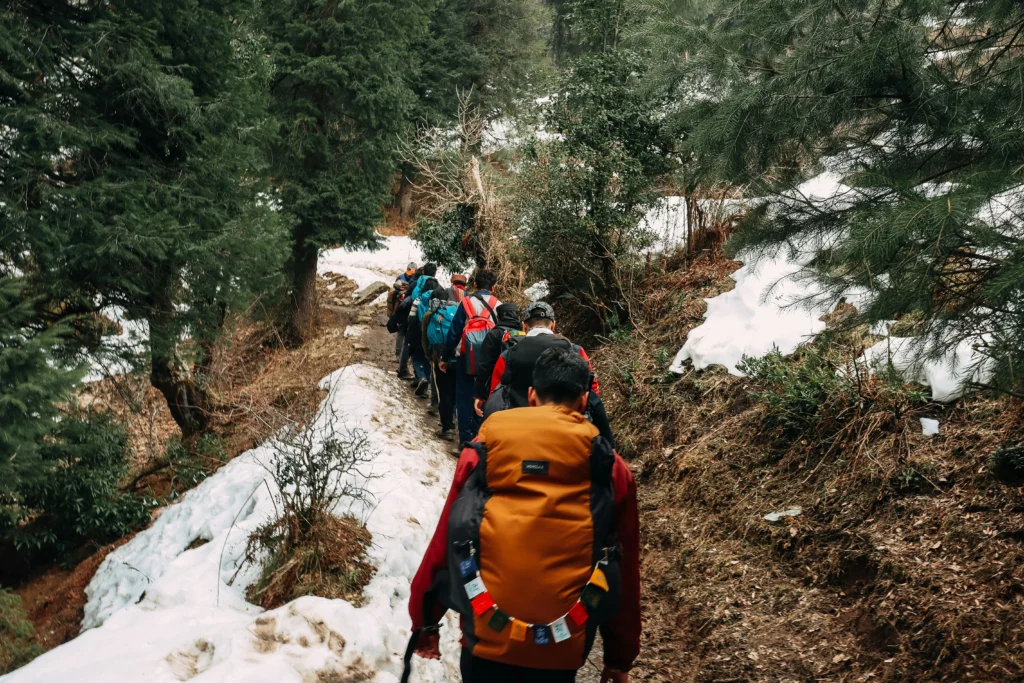
There are plenty of treks in the Himalayas, but Rupin Pass has something different & deeper to explore. It’s not just about reaching a high mountain pass or checking a box off your adventure dream list but It’s about what happens to you along the way.
This trail takes you through the dense pine forests, wooden bridges, ancient villages, and open green fields that feel untouched by the time. You’ll walk through past homes where people still live simply and very closely with the nature. One of the most unforgettable parts is reaching the mighty Rupin Waterfall not just to see it from far, but to walk alongside it & feeling the mist on your face, the roar in your ears with cool rush of air that makes everything else go quiet.
As you climb higher, the landscape just keeps changing. The mountain slopes covered by wildflower & snowfields that stretch out under a wide open sky, every day brings something new, And when you finally reach the top of Rupin Pass, it’s not just the altitude that takes your breath away, it’s the view. The Kinner Kailash range unfolds in the distance, and below, the beautiful Baspa Valley begins to reveal itself, green and welcoming.
Whether you’re walking on crunchy morning snow, sitting by a stream with your boots off, or just looking up at the stars from your tent, the Rupin Pass Trek reminds you how alive it feels to be in the middle of nowhere. That’s why people who do this trek don’t just recommend it, they carry memories of this trek with them.
Best Time for the Rupin Pass Trek
Choosing the right season to visit the Rupin Pass Trek can make all a difference in youe experience. This isn’t just about weather it’s also about the trail walking feels, looks, which comes alive in different seasons.

May to June (Snow Meets Spring)
Late spring to early summer is one of the best times to go. From May to June, you’ll see the last of the winter snow slowly melting, revealing bright green meadows underneath. There’s still snow higher up near the pass, which adds just the right amount of challenge, without making things too risky. The rivers are full, the waterfalls are roaring, and the valleys are fresh and full of wildflowers. Days are warm, nights are cool, and the weather is generally stable.

September to October (Clear Skies and Golden Light)
If you’re someone who enjoys clear views, then September to October is perfect time for visiting ropin pass. The skies are usually spotless & blue during this time, offering stunning visibility of the Kinner Kailash ranges with surrounding peaks. The trail is dry, which makes the walk easier and safer. The autumn light adds a golden touch to the forests and fields making it a photographer’s dream.

Avoid July and August (Monsoon Season)
It’s best to skip the trek during monsoon (July to August). The trail becomes muddy, slippery, and sometimes dangerous. Landslides and roadblocks are common in the mountains during this time, especially on the way to the starting point. Plus, cloudy skies mean you’ll miss those beautiful views that make this trek so special.

What About Winter?
Some experienced trekkers do attempt Rupin Pass in winter, but it’s a whole different game. The pass is usually covered in deep snow, and many sections are hard to cross. You’ll need special gear, guides who know snow routes, and experience with high-altitude trekking in harsh conditions. Beautiful? Absolutely. But it’s only for well-prepared, skilled adventurers not ideal for first-timers.
Trip Itinerary Overview
- The Itinerary can be changed according to weather conditions as per your safety
- This is a sample for Itinerary schedule
Day-by-Day Itinerary (From Rohru to Kinnaur)
Day 1 (Arrive at Jiskun)
Placed in a forest at corner of the Himachal, Jiskun is where your journey begins. It’s calm, green, and quiet perfect for adjust your body for the trek. Use day 1 to rest and enjoy the fresh air. You’ll need it before the climb begins.
Day 2 (Jiskun to Jakha) (5 km / 4–5 hrs)
Today you trek to Jakha, a village that clings to the mountainside like it grew out of the rock. From Jiskun to Jakha the climb is steep but rewarding with beautiful forest trails, bird calls, and panoramic views. Jakha is known as the “hanging village”, the village homes are built on such steep land that every roof top feels like a balcony into the valley.
Day 3 (Jakha to Saruwas Thatch) (7 km / 6 hrs)
You’ll start to feel the altitude now as the trail winds through dense woods and open glades. Wooden bridges, icy streams, and herder huts dot the path. It’s quiet, remote, and you begin to sense you’ve truly left the world behind.
Day 4 (Saruwas Thatch to Dhanderas Thatch) (6 km / 4–5 hrs)
Now things get dramatic. You’ll pass snowfields and wildflower meadows before catching your first glimpse of the mighty Rupin Waterfall. The sound and mist from the falls greet you long before you arrive. You’ll camp in a wide-open valley with views that stretch all the way back to the forest.
Day 5 (Dhanderas to Upper Waterfall Camp) (5 km / 3–5 hrs)
This stretch is both beautiful and challenging. You’ll climb alongside the waterfall using natural snow bridges and rocky steps, with the thundering water by your side. At the Upper Waterfall Camp (around 13,100 ft), the world feels small, quiet, and impossibly high. Stars here are brighter than anywhere else.
Day 6 & 7 (Rati Pheri to Rupin Pass → Ronti Gad to Sangla) (10+ km / 8–9 hrs)
This is the big day. You’ll ascend to Rupin Pass, the highest point of the trek. Expect a steep final push, snowfields, and moments where you question your stamina — but then you reach the top. And the views? Unreal. The Kinner Kailash range unfolds in every direction.
What Makes Kinnaur Special
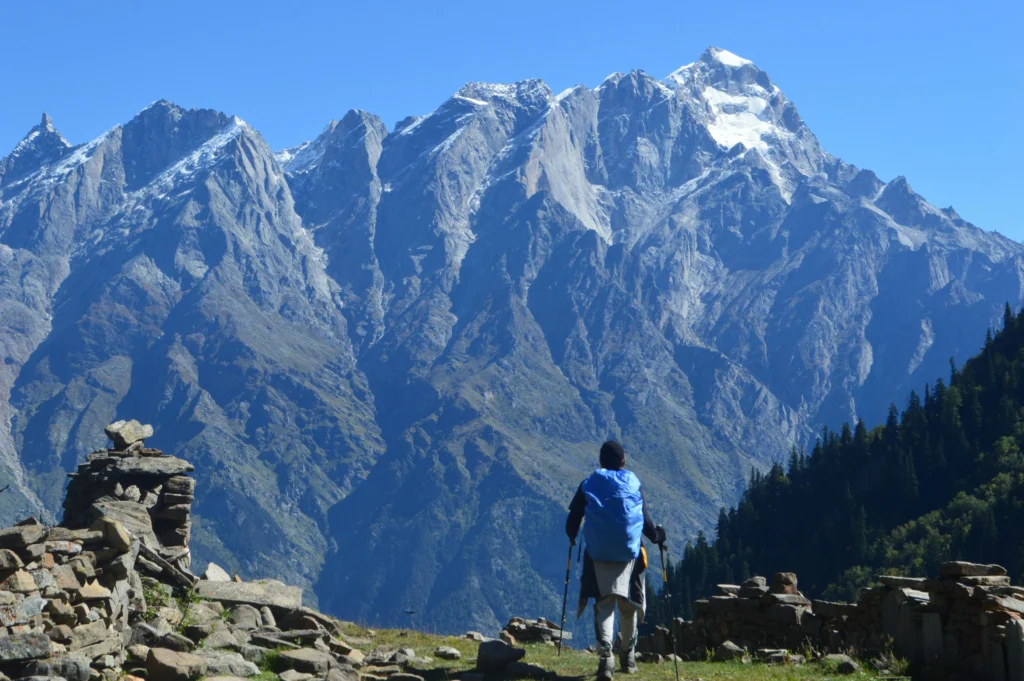
As you finally reach the Sangla Valley, after 6 days of trekking & lot of hard work going through forests, snowfields, and high mountain up & downs it doesn’t feel like the end of your journey but a new beginning of something slower, quieter, and deeply peaceful.
Tall mountains stand silently, as they guarding the valley for centuries. The homes in Sangla are simple yet beautiful, built with stone and wood, many with sloped roofs of stone and carved balconies. Also you will see the prayer flags dancing in the wind, and hear the distant sound of temple bells when the breeze picks up.
Life here is slow and steady, and there’s something grounding which makes you more spirtula & feel calm. The people here are warm and welcoming, as they don’t say much, their kindness shows the way they smile always ready to help. They live close to nature & far from metro cities as following their age-old traditions, and celebrating life with music, food, and prayer.
This part of Himachal feels untouched by the rush of the outside world. In Kinnaur, time moves differently. After the high passes and experiencing the wild landscapes of the trek, Sangla feels like a soft landing a place to rest, to think, and take it all in your memories. It’s the kind of place that stays with you, long after your boots are off and your backpack is packed away.
“Quote”
"Live life with no excuses, travel with no regret" Oscar Wilde
What to Pack for the Trek
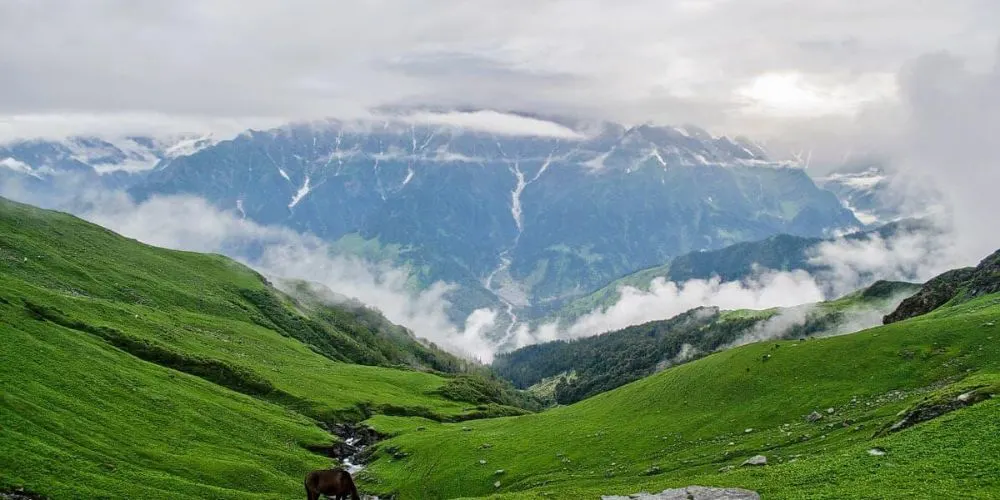





Trekking Tips from the Trail




Trekking with Peaksnbeyond
When you trek with Peaksnbeyond, you’re in safe hands. We’ll take care of all the logistics permits, transport, gear, and campsites. so you can focus on enjoying the trek. Our experienced guides are there to make sure you’re safe and well-prepared every step of the way.
- Our guides are locals. They know the land, the weather, and how to make you feel at home even in the wild.
F.A.Q.
Rupin Pass Trek
If you’re completely new to the trekking, then Rupin might feel a bit intense. It’s not impossible to do but it helps you a lot if you’ve done a couple of shorter treks before and have a decent fitness level. The route has long walking days, steep climbs, and at times, you’ll be crossing snow patches at high altitudes so being both mentally and physically ready makes all the difference.
The full trek covers somewhere between 60 to 65 km, depending on your chosen trail and campsites. On average, it takes around 7 to 8 days depend upon weather & your daily walking time ranging between 5 to 8 hours.
Most people first head to Shimla, and from there, take a local bus or taxi to Rohru it’s a scenic drive of about 6–7 hours. From Rohru, you’ll continue on mountain roads to either Jiskun or Dhaula, which is where the trek really begins.
The best window is from May to June or September to October, during the spring, you’ll see melting snow, full waterfalls, and lush green valleys. In autumn, the skies are clear and the weather is cool. Better to skip the monsoon months from (July–August) as trails get slippery, and landslides can cause delays.
Yes, you’ll need a few permits for forest areas and entry into Kinnaur, since you’ll be trekking close to India’s border zone. If you go with a trekking agency like Peaksnbeyond, they’ll take care of all the paperwork needed to be done.
Here’s what you really need:
- Good trekking shoes (waterproof with ankle support)
- Layered clothing it can be sunny one hour and chilly the next
- Rain jacket or poncho
- Sleeping bag (especially if you’re camping)
- First aid kit + personal medicine
- Sun protection – sunblock, lip balm, sunglasses
- Backpack (40–50L) with rain cover
And don’t forget some trail snacks, and maybe a notebook if you like journaling your adventures.
Technically, yes. But honestly, it’s better & safer also more fun, going with a group or a local guide. The trail goes through some of the very remote areas, weather can change here fastly, and there are stretches without a clear path. Also, permits are easier to handle through a Travel agency.
In some villages like Jiskun and Jakha, you’ll find basic homestays with cozy rooms, simple meals, and mountain hospitality. But most trekkers prefer to camp, which gives you more flexibility and lets you stay in beautiful spots near rivers, meadows, or under the stars. There are designated camping areas with fresh water and safe spaces to pitch your tent.
